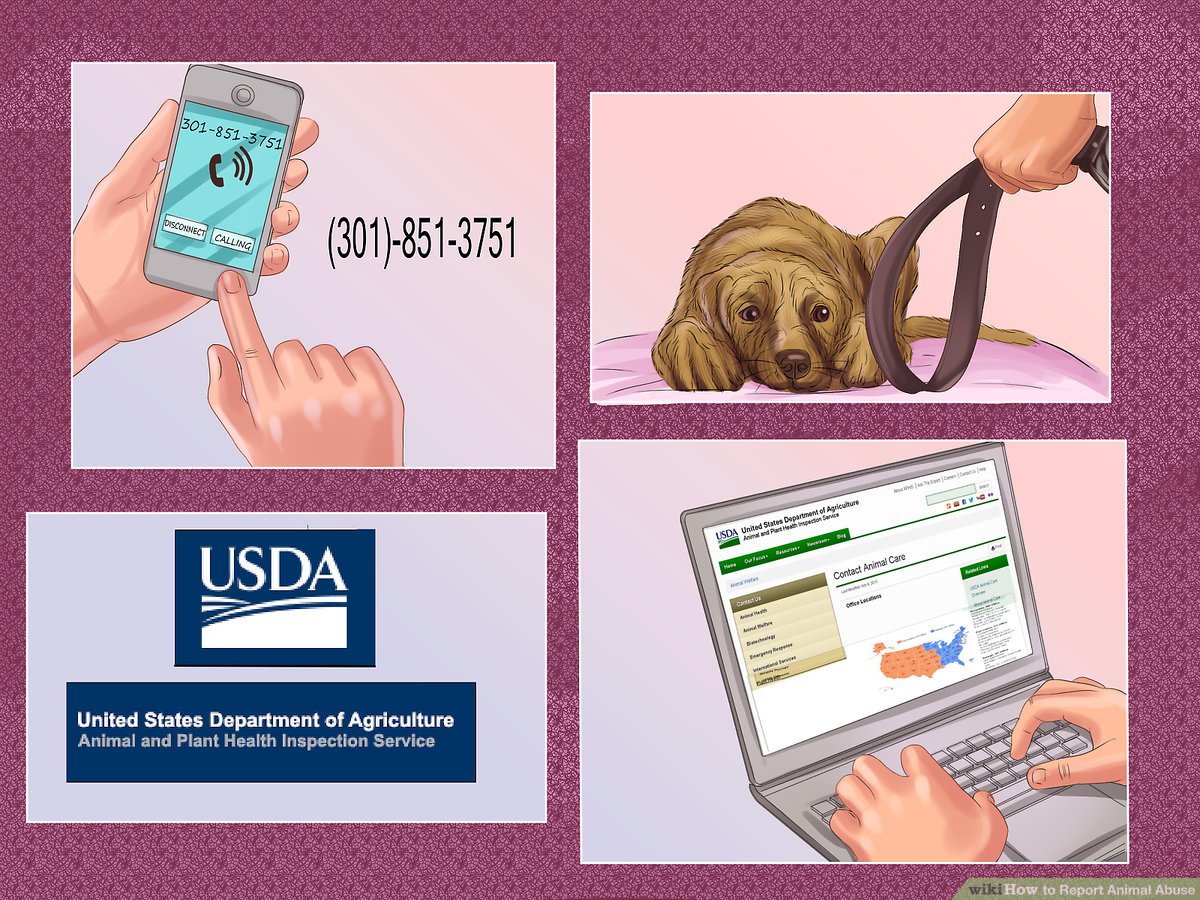Animal cruelty is an egregious offense that takes many forms, ranging from neglect to outright abuse. It is imperative for anyone who witnesses or suspects that an animal is in distress to take action swiftly and decisively. This blog post will delineate the process of filing and reporting animal cruelty complaints effectively. Understanding the correct methodologies can not only aid in the preservation of the animal but also enforce accountability for the offender.
Before delving into the specifics of reporting, it is essential to recognize the various manifestations of animal cruelty. These infractions can be categorized broadly into neglect, intentional cruelty, hoarding situations, and puppy mills. Neglect occurs when an animal’s basic needs, such as food, water, shelter, and veterinary care, are not met. Intentional cruelty involves acts that inflict harm, pain, or suffering on animals, whether through physical violence or other forms of torment. Hoarding refers to an individual’s compulsive need to collect animals, often leading to severe overcrowding and neglect of care. Puppy mills are commercial breeding facilities that prioritize profit over the welfare of the animals, leading to terrible living conditions and health issues.
The first step in reporting animal cruelty is to gather relevant information. This necessitates keen observation. Note the type of animal involved, any visible signs of distress or harm, and the address where the incident occurred. If possible, take photographs or video footage to document the state of the animal and the environment. This visual evidence can prove invaluable in substantiating your claims when reporting to authorities.
Next, identify the appropriate authorities to whom you will report the cruelty. Generally, there are several avenues available, including local animal control, the humane society, or law enforcement. Each organization may have different jurisdictions and capabilities, so it’s essential to conduct research to find which institution is most suited for your report. For example, animal control agencies often handle cases of neglect and stray animals, while law enforcement might be appropriate for cases involving intentional harm.
Once you have established the correct authority, you can proceed to file your report. This usually involves providing the details you have gathered in a clear and concise manner. Be ready to recount your observations in a logically structured narrative. State what you saw, where you saw it, and any actions you witnessed. Detail any attempts you made to intervene or contact the owner if applicable. Always remain factual and objective; emotions can cloud the seriousness of the report.
Many jurisdictions now offer online platforms for reporting animal cruelty, which can be a convenient option. However, be cautious about sharing personal information, as anonymity may be crucial if retaliation is a concern. In some cases, a phone call may yield faster results. When you report, be sure to inquire about follow-up procedures. Knowing how your report will be handled can provide peace of mind as you engage in this civic duty.
After your report is submitted, it is prudent to stay informed about the progress of your complaint. Inquire with the authorities about the expected timeline for investigation and what further actions may be taken. If you see no action being taken or if the situation exacerbates, do not hesitate to follow up. Advocacy is often needed to ensure that cases are not overlooked.
In addition to direct reporting, there are other avenues of action that concerned individuals may pursue. Raising public awareness through social media platforms and community forums can galvanize collective action. Creating flyers or brochures detailing how to report animal cruelty can also provide guidance to those who may feel helpless. Advocacy groups often welcome volunteers and can be an excellent resource for sharing knowledge and strategies to combat abuse effectively.
Moreover, there is immense power in collaboration with local organizations that promote animal welfare. Creating partnerships can help amplify your voice and provide additional resources and support for your cause. These organizations often have established connections with local authorities, increasing the chance for a prompt response to cruelty reports.
Throughout this process, maintaining emotional resilience is crucial. Witnessing animal cruelty can be incredibly distressing, and activists should seek support from fellow advocates or mental health professionals if needed. Understanding the systemic problems that contribute to animal cruelty—such as poverty, lack of education about pet care, and inadequate legal frameworks—can equip activists with a broader perspective and a more solid foundation for effecting long-term change.
In summary, filing and reporting animal cruelty complaints effectively requires attention to detail, prompt action, and a commitment to following through. Enlightening oneself about the nature of animal abuse, knowing who to contact, providing thorough documentation, and engaging with the community can all significantly influence the welfare of animals in distress. By taking these steps, individuals serve not only the immediate needs of affected animals but also contribute to a cultural shift that denounces cruelty and affirms compassion for all living beings.









